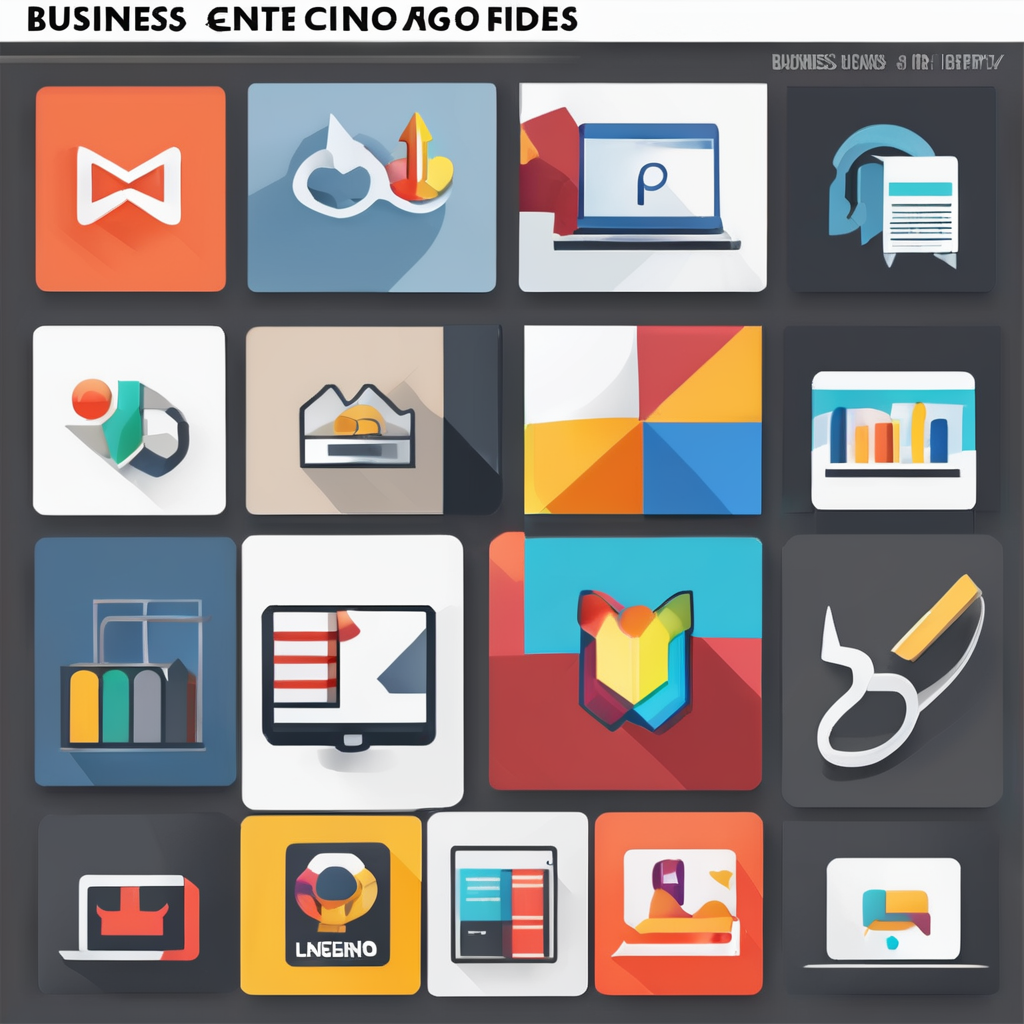Key Steps for Transitioning to a Circular Economy in the UK
Transitioning to a UK circular economy requires a structured approach combining assessment, planning, and execution. Begin with assessing current business models for circular opportunities. This involves identifying where waste can be reduced, materials can be reused, and processes can be optimized to close resource loops. An honest evaluation here sets a strong foundation.
Next, develop a step-by-step guide by creating a circular economy roadmap. Engage stakeholders across departments and supply chains to ensure a shared vision and practical strategies. This roadmap should outline clear milestones and responsibilities for different teams, making the transition manageable and measurable.
Have you seen this : Navigating Market Shifts in the UK: What Are the Latest Trends to Watch?
Finally, implement pilot projects to test these strategies in real-world settings. Measuring progress through key performance indicators allows businesses to refine methods and demonstrate value. This iterative process is vital to scaling circular economy initiatives successfully. By following these actionable strategies, UK businesses can navigate the shift with confidence, unlocking benefits like reduced material costs and enhanced sustainability credentials.
Practical Examples of Circular Economy Adoption in UK Industries
Exploring circular economy case studies UK offers valuable insight into how diverse sectors apply actionable strategies. The manufacturing sector is notable for product redesign and resource recovery, focusing on creating goods that are easier to disassemble and recycle. For instance, companies redesign parts to minimize waste and recover valuable materials, showcasing how a step-by-step guide can enhance resource efficiency.
This might interest you : 5 Tips To Strengthen Business Security Protocols
In retail and FMCG, industry examples highlight closed-loop supply chains and reuse systems. Businesses implement packaging return schemes and refurbish products to maintain value across multiple life cycles. These practices illustrate practical UK circular economy transition efforts that reduce waste while strengthening customer engagement.
Technology and electronics companies adopt remanufacturing and extended product life strategies. By refurbishing devices and managing components responsibly, these firms demonstrate how iterative pilot projects can measure progress and improve sustainability outcomes. These examples underline the importance of tailoring circular strategies to specific industry dynamics, offering clear roadmaps for others to follow.
Key Steps for Transitioning to a Circular Economy in the UK
Transitioning successfully requires a clear step-by-step guide rooted in thorough assessment and collaboration. Start by examining existing business models to pinpoint circular opportunities such as waste minimization and resource recovery. This phase is crucial, as understanding current inefficiencies sets a baseline for targeted improvement.
Building on this, develop a comprehensive UK circular economy transition roadmap involving key stakeholders from across the organisation and supply chain. Engaging these parties early ensures that the roadmap reflects diverse perspectives and aligns with practical operational goals. This strategic plan should define measurable milestones and assign responsibilities to maintain momentum.
Next, implement pilot projects to test these actionable strategies in controlled environments. Pilots provide real-world feedback, enabling adjustments before full-scale rollout. Regularly measuring progress with clear indicators helps identify successes and areas needing refinement. Combining careful assessment, collaborative planning, and iterative implementation forms the backbone of an effective circular economy transition in the UK.
Key Steps for Transitioning to a Circular Economy in the UK
A successful UK circular economy transition begins with a thorough assessment of existing business models to identify circular opportunities. This means pinpointing areas where waste can be minimized, materials reused, and processes optimized to close resource loops. For example, companies can analyze product lifecycles to find points ripe for redesign or recovery.
Developing a detailed step-by-step guide is essential. Engage stakeholders across departments and supply chains early to co-create a circular economy roadmap. This collaborative process promotes shared ownership and helps establish clear, measurable milestones. The roadmap should assign responsibilities to specific teams, ensuring accountability throughout the transition.
Implementing pilot projects allows businesses to apply these actionable strategies in controlled environments, testing feasibility before scaling. Measuring progress using key indicators clarifies which methods succeed and which need refinement. This iterative cycle of assessment, stakeholder engagement, and pilot testing forms the pragmatic foundation for UK businesses aiming to transition effectively into a circular economy.
Key Steps for Transitioning to a Circular Economy in the UK
A UK circular economy transition begins with a detailed assessment of existing business models to spot circular opportunities. This first step identifies waste reduction options, potential material reuse, and process improvements to close resource loops efficiently. For example, analysing supply chains for inefficiencies can reveal hotspots where resources are unnecessarily lost or underutilized.
Developing a step-by-step guide follows. This involves engaging stakeholders from multiple departments and even external partners to create a practical circular economy roadmap. Including diverse perspectives ensures the roadmap addresses real operational challenges and sets clear, achievable milestones. Assigning responsibilities supports accountability, keeping the transition on track.
Implementing pilot projects is crucial for applying these actionable strategies in real-world settings. Pilots allow businesses to test approaches on a smaller scale, monitor performance using relevant indicators, and fine-tune processes before broader adoption. This iterative method reduces risks and builds confidence across teams.
Together, these steps—assessment, roadmap creation, and pilot testing—equip UK businesses with a practical framework to adopt circular principles effectively and sustainably.
Key Steps for Transitioning to a Circular Economy in the UK
Effectively managing a UK circular economy transition hinges on detailed assessment of current business models to identify circular opportunities. This involves evaluating where materials can be reused, waste minimized, and processes improved to close resource loops. Companies might analyze product life cycles, supplier networks, or logistics to detect specific inefficiencies.
Creating a robust step-by-step guide follows. Collaboration with stakeholders—including internal teams and external partners—is vital to develop a comprehensive circular economy roadmap. Engaging diverse perspectives ensures the roadmap tackles real operational challenges and defines clear milestones with assigned responsibilities. This collective ownership increases commitment to the transition.
Next, implementing pilot projects tests these actionable strategies in real-world conditions. Pilots provide measurable results via key performance indicators, enabling businesses to monitor progress and fine-tune efforts before scaling. This iterative approach minimizes risks and supports continuous innovation, reinforcing confidence and accountability in the circular shift.





